January 2, 2025 | 20:35 GMT +7
January 2, 2025 | 20:35 GMT +7
Hotline: 0913.378.918
January 2, 2025 | 20:35 GMT +7
Hotline: 0913.378.918
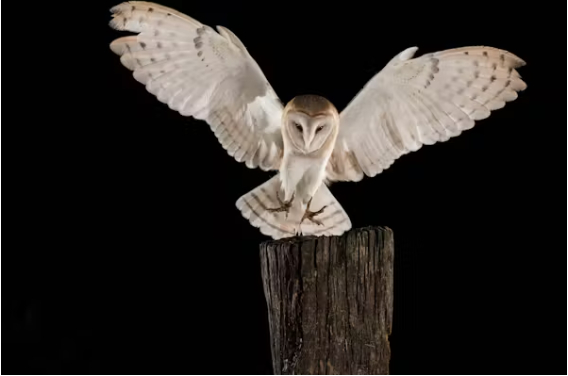
Barn owls are often the last thing a vole sees.
Not only does the Moon’s gravitational attraction interact with the Sun to cause our tides (ebb and flow), its orbit around Earth generates different Moon phases of varying luminosity. Scientists think the Moon’s light at a certain point each spring may provide a cue to corals that the conditions are right to release eggs and sperm.
The Moon’s cycle indirectly affects some animal behaviour during high and low tides, of course, by excluding them from fertile foraging areas such as coastal mudflats. But the sunlight that is reflected off the Moon also has a direct influence on animal behaviour. For example, to those animals that rely on vision for foraging, moonlight is a resource. To others that are at risk of being killed at night, it is a menace.
A recent study found moonlight seems to affect mammals’ behaviour even in one of the darkest places on Earth: the floors of tropical forests.
Footage from camera traps in the undergrowth showed small mammals, such as rodents and armadillos, seemed to avoid predators by being less active on moonlit nights. In response, their hunters, including the ocelot wild cat, also become less active.
So, moonlight in the tropics seemed to create a natural “resting phase” for wildlife. However, a few species that are dependent on vision for foraging and predator avoidance, including the African elephant shrew (Petrodromus tetradactylus), showed increased nocturnal activity in moonlight.
Across the world, here are five animal species that have fascinating behavioural responses to moonlight.
Much like the corals, the mayflies (Povilla adusta) of Lake Victoria in eastern Africa synchronise their mating with the Moon.
These insects emerge in great numbers from their aquatic larval stage (which lasts four to five months) two days after a full moon. As sexually mature adults (the imago stage), this type of mayfly lives for only one to two hours, so they are in a great hurry to display, copulate and lay eggs before they die. Using the Moon’s cycle as a timer helps them ensure that potential mates will be around – then the moonlight also helps them fulfil their urgent tasks.
Nightjars are birds that hunt for flying insects at dusk and dawn. My research team monitored European nightjars (Caprimulgus europaeus) in flight (both foraging and migrating) for a year using accelerometers, a type of motion sensor.
During a full moon, nightjars extended their foraging time into the night, probably enabling them to catch more insects in the moonlight.
These birds stayed in the local area during full moons, when they have this increased time to feed. Then, about 12 days into the waning Moon, during spring and autumn migration, nightjars departed on their long flights to and from Europe and southern Africa, as feeding opportunities were disappearing.
The Moon also dictates when nightjars lay their eggs. These birds make sure their eggs hatch under a full moon, so they have the best foraging conditions when their chicks need food the most.
The black swift (Cypseloides niger) builds its nests on ledges and niches in remote cliff faces in the western US and Canada. Its migration was little known until 2012 when, using tracking devices called light-level geolocators, scientists showed that swifts breeding in the Rocky mountains migrate to the Amazon of western Brazil.
Scientists already knew European swifts (Apus apus) fly continuously for the ten months of the year when they’re not breeding, including their migration between Europe and tropical Africa.
In a 2022 study to test if this applies to black swifts as well, scientists put multi-sensor data loggers on the birds. The black swifts not only remained airborne for their eight months of migration and wintering, they also showed an unexpected behaviour.
During the ten days around each full moon during the non-breeding period, they ascended to high altitudes (3-4,000 metres) after dusk and remained there throughout the night. In contrast, around each new moon, they remained at relatively low altitudes.
The flight acceleration data showed the swifts flew more actively during the brighter times when they were at high altitude, compared with when they were flying in darkness – suggesting they captured more insects (and use more energy) around the time of each full moon.
By a stroke of fortune, a lunar eclipse occurred during the study, on the night of January 20-21 2019, when five black swifts were soaring high in moonlight. As the Moon became eclipsed by the shadow of the Earth, all swifts responded by descending rapidly.
Barn owls (Tyto alba) come in two colours – red and white. Their main prey, field voles, detect owls more easily in moonlight and respond by freezing briefly.
A 2019 study found that in moonlight, if it is a red owl, the chance of a field vole escaping is pretty good.
However, if it is a white owl, the vole is blinded by the moonlight reflecting off the owl’s feathers, and freezes for a longer time. White owls are therefore more successful than red owls in catching voles during a full moon, meaning their young run a lower risk of starvation.
The African dung beetle (Scarabaeus zambesianus) collects elephant dung that it forms into balls in which to raise and feed its young. It then rolls these balls away from the dung pile to avoid competition from other beetles. The most efficient way out is along a straight line.
When the Sun and its polarisation pattern (not visible to humans) is unavailable after twilight, dung beetles use the much dimmer polarisation pattern around the Moon to maintain this straight escape line – but this is much more effective under a full moon.
Using polarisation camera lens filters, researchers in a 2003 study of dung beetles were able to shift the direction of the full moon’s polarisation pattern, inducing the beetles to shift their direction.
In contrast, on dark nights around a new Moon, the beetles were unable to maintain straight paths and moved in meandering tracks.
(The Conversation)

(VAN) The growing world population has increased the demand for poultry products and the intensity of the poultry production systems.
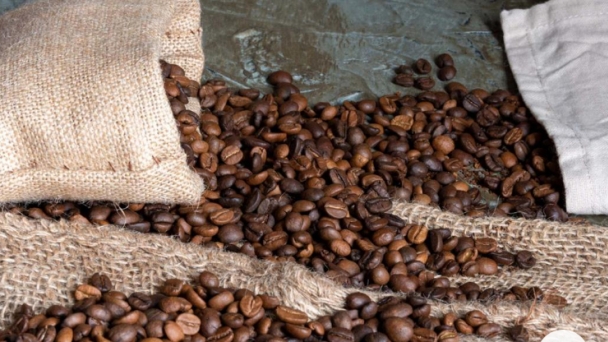
(VAN) The overheating of our planet is putting coffee bean crops at risk, and it's not just the people who rely on a morning caffeine boost who will be affected.
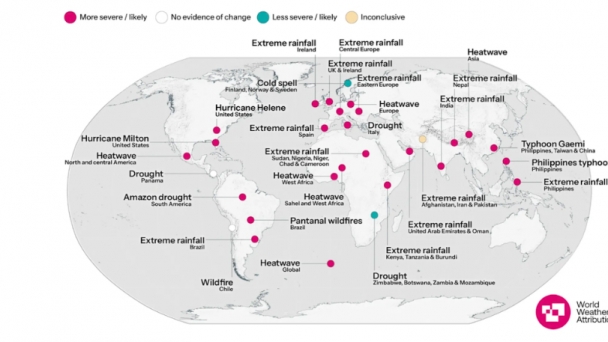
(VAN) 2024 will be the second straight 'hottest year' on record. But it wasn't supposed to be as hot as it was, coming in far ahead of 2023's alarming global temperature spike.

(VAN) Beijing imposed the ban last August after Tokyo began releasing treated radioactive water from the wrecked Fukushima nuclear plant despite Chinese opposition.
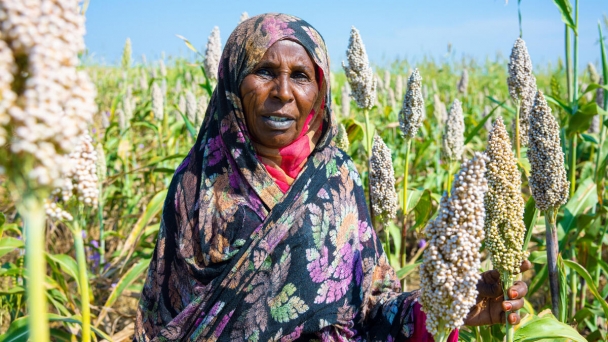
(VAN) FAO, WFP and UNICEF urge immediate humanitarian access and action to avert what could become the worst hunger crisis in recent history.
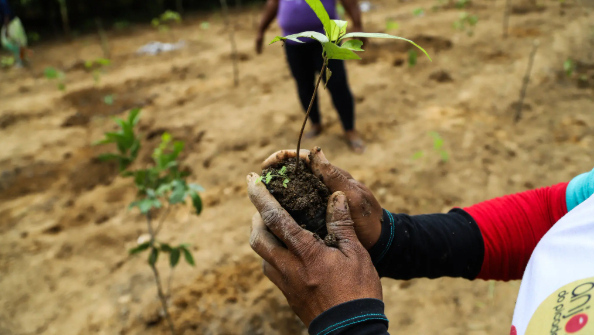
(VAN) We tend to look at environmental problems in isolation. A holistic approach would be more effective, a new report says.
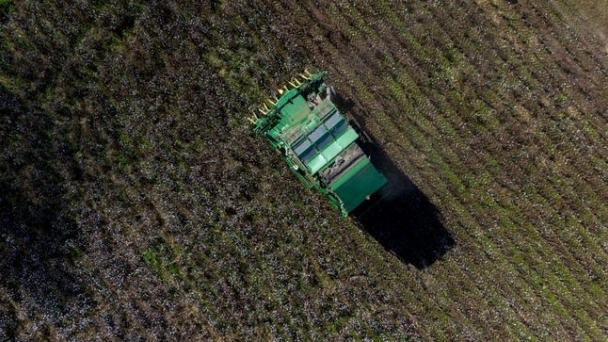
(VAN) Twisted equipment and snapped tree limbs still litter Chris Hopkins’ Georgia farm more than two months after Hurricane Helene made its deadly march across the South.